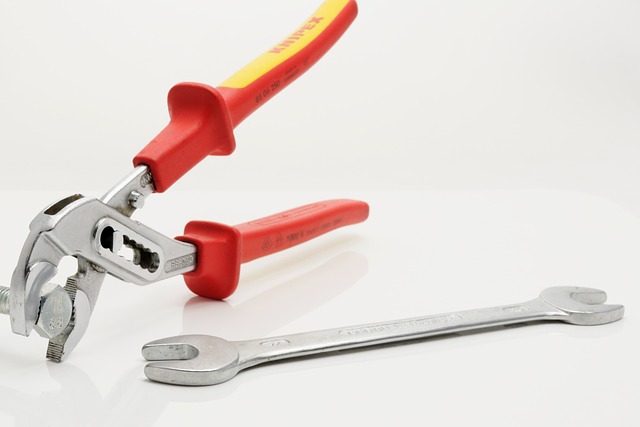Pokud máte na zahradě nějaké ovocné stromy anebo klidně i zeleninu pěstujete, tak se vám
Mají soukromí podnikatelé vždycky dost peněz? Samozřejmě, že nemají. Měli by mít, ale nemají. Protože
Také milujete dětská brouzdaliště, když si jdete zaplavat do venkovního bazénu, například v městském koupališti?
Jsou lidé, kteří by rádi svůj vlastní dům, ale hodně váhají, do čeho jít a
Někdy si podnikatelé pořídí na internetu svůj web, na něm si podnikají a nic jim




